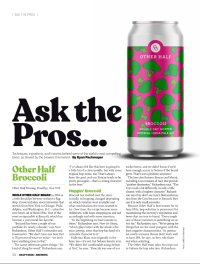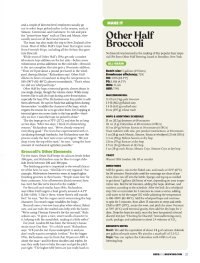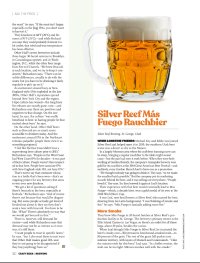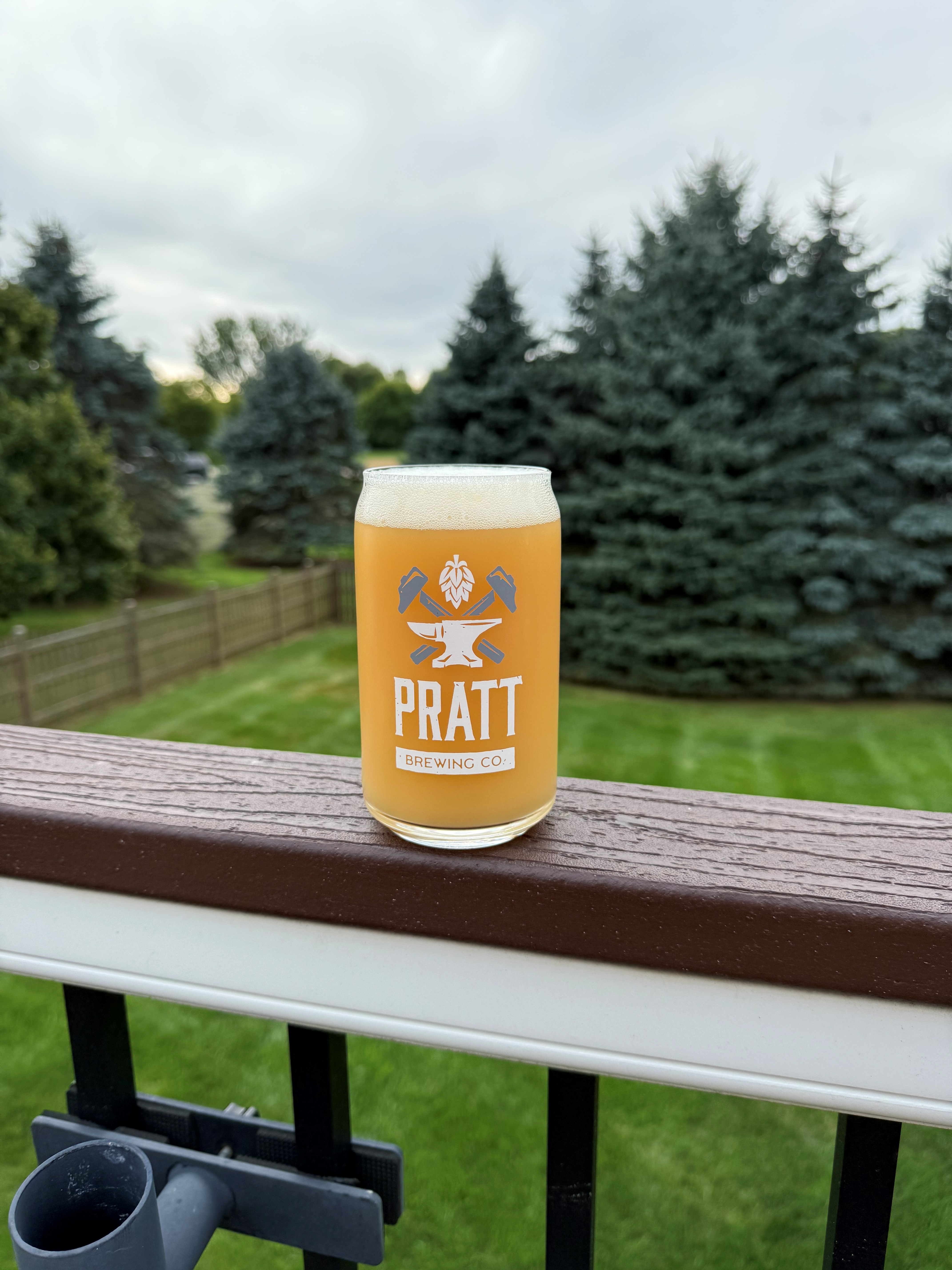No idea what the ratio is honestly. Has more to do with the outlet design/location etc. I’m sure there are people that are going 2#/bbl in the WP and they might have had their kettle designed for it. We are brewing everything high gravity and diluting to lower WP temps and max out our kettle. Our system is labeled as a 3.5bbl but kettle full volume to the absolute max is 6.2 bbl. At 1#/bbl we’re lucky to get 5.5bbl into the FV per turn. Even if we brew a smaller batch our trub dam can only handle so much hop material. We use Incognito or Dynaboost in the WP for pretty much every hoppy beer to try to get more hop saturation. For double IPA we will also add it to the FV but not to any beer we need to harvest from.
However I am a big fan of boiling hops. We’re releasing a lager next week where we loaded the kettle up with low alpha hops additions at only 90, 60, and 40 which would be traditional. It’s crazy how much hop aroma comes through in the final beer. We’re testing this out now with a bunch of hoppy beers actually. Loading up the beginning of the boil with the American Noble versions of Citra Simcoe, or Mosaic and then just adding a flowable product in the WP. The structure that boiling more green matter adds is really cool and the aroma contributions are kinda bonkers. Goes against what everyone thinks I know but I often think beers with just low temp WP and DH additions are kinda soulless and they tend to fall off quicker than those with additions in the kettle.

































![Craft A Brew - Safale BE-256 Yeast - Fermentis - Belgian Ale Dry Yeast - For Belgian & Strong Ales - Ingredients for Home Brewing - Beer Making Supplies - [3 Pack]](https://m.media-amazon.com/images/I/51bcKEwQmWL._SL500_.jpg)

















